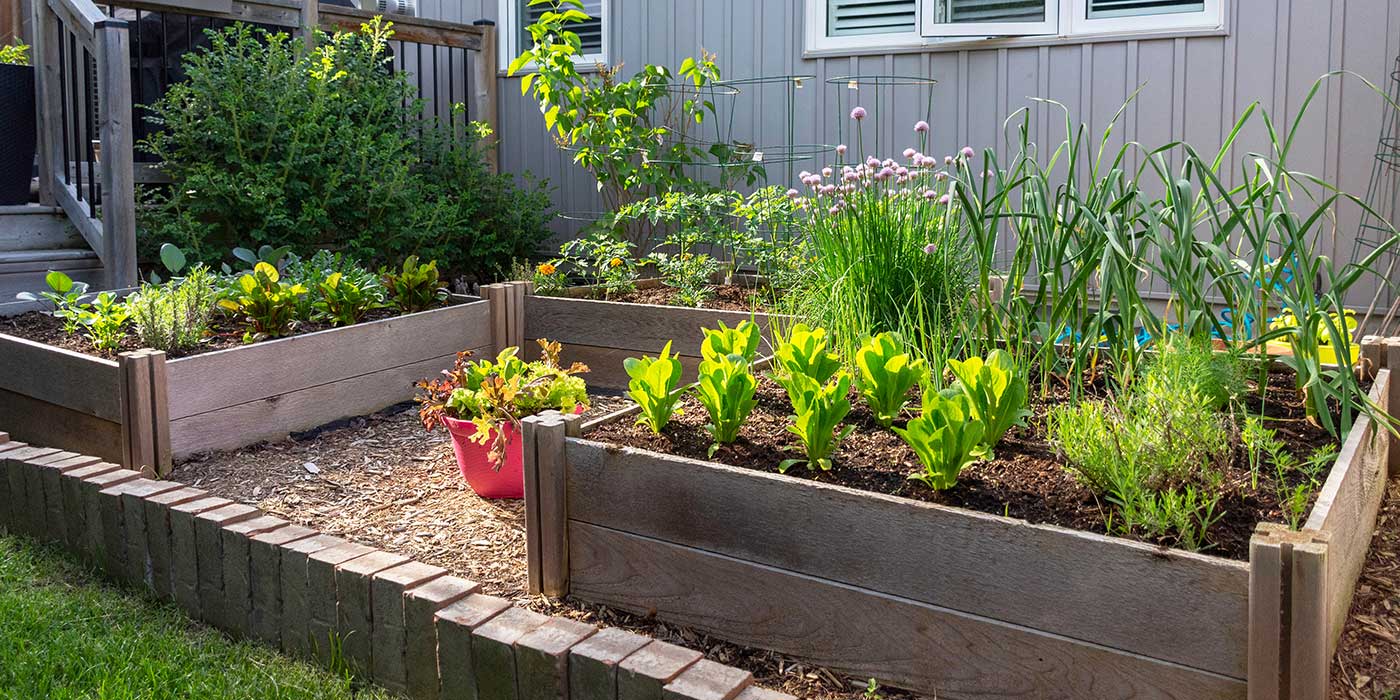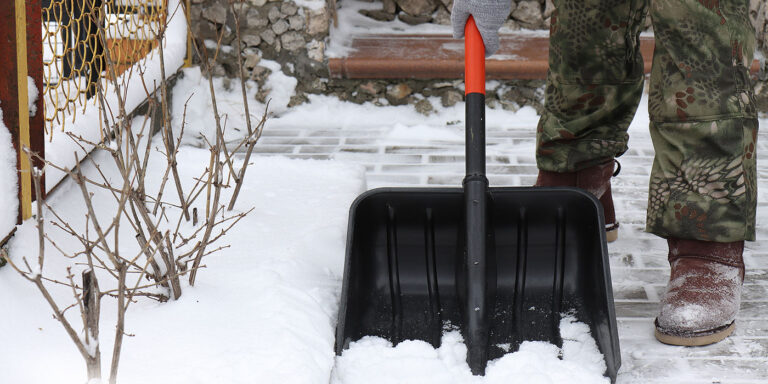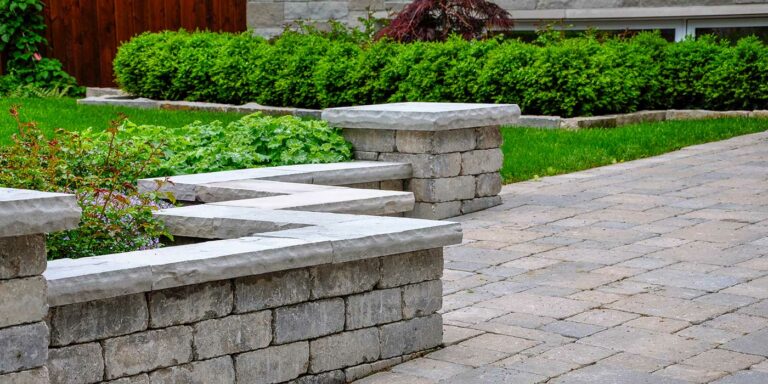Planting an edible garden is gaining popularity with many Canadians. Growing your own food is a healthy way to save money and enjoy fresh produce from the backyard. It is not difficult, but it does take a little know-how and commitment.
Plants need three things to grow: light, water and good soil. Choose an area of your property that receives six to eight hours of direct sunlight a day, provide plenty of water and start with a top quality soil. Your soil should be loose and include lots of compost and organic matter. These requirements are needed for vegetable gardens planted directly in the soil or for raised garden beds.
Many people prefer to plant vegetables in raised garden beds for a few simple reasons: they have good drainage, a longer growing season and the height makes them easier to maintain. Raised beds are generally made from rot-resistant wood, stone or concrete and are an easy DIY weekend project.

Fill your garden with vegetables and herbs you and your family like to eat. Be careful not to overcrowd your plants or you will have a disappointing yield from plants that never reach their full potential. Keep in mind that some types of vegetables or herbs do well when planted together.
There are tried-and-tested companion plantings that have been proven to boost yields, attract beneficial pollinators and reduce pests. For example, planting basil with tomatoes will repel tomato specific pests. Some vegetables, like lettuce, are fast growing so you may be able to plant once in the spring and again in early fall.
As you garden, you’ll find some plants are a success and others are not. And that is part of the gardening process. Keep planting what works and if you are unsuccessful with one vegetable, perhaps try a different variety of the same vegetable next year. Growing your own produce is deeply satisfying and with a bit of planning, is an easy project that can involve the whole family.



